Historians know that Daniel F. Carmichael filed the first official plat for what would become known as Brighton, Colorado on Feb. 16, 1881. Most agree that he was responsible for picking that name.
History Detective Robin Kring said the big question is why he picked that name.
“One of the tales you’ll hear is that his wife, Alice Evans Carmichael, named the city Brighton after the town where she grew up, but there are different accounts of this,” Kring said. “One story takes place in her hometown of Brighton Beach, New York, and another is set in Brighton, Massachusetts.”
Historians are not even sure that his wife was responsible for the name. Kring notes that his wife, Alice Evans Carmichael is often confused with his sister, Alice Carmichael Skeel.
“Meanwhile, I was sleuthing—going through all this, double-checking my facts, and doing research. It turns out that sometimes a clerical error occurs in a historical document, resulting from a misplaced comma,” Kring said.
Digging in
It’s the kind of historical question that Kring really enjoys.
Kring moved to Brighton in 2001, where she met Pat Reither, the city historian. Kring said Reither told her she lived on the property of Daniel Carmichael, and that the same property was home to a large house called the Carmichael mansion.
“That particular mansion was used as the first county courthouse for Adams County, and in the basement was the first county jail, which then burned down,” Kring said.
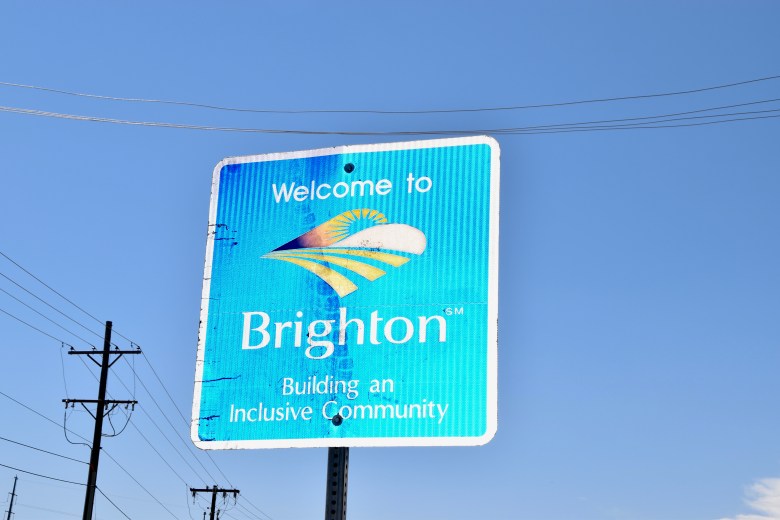
Kring said Reither persuaded her to join the Brighton Historic Preservation Commission.
“I was in the position and served two separate terms. I like everything historical, and it’s what attracted me to the field of history. Of course, I don’t want to see history disappear, especially with buildings — we’ve lost some good ones,” Kring said.
“Later, I joined the Cultural Arts Commission, which was my connection. I also wrote the background histories for the mural of Historic Brighton, painted by Hans Joseph Geist at Founder Plaza, and the mural “Brighton’s Women of Inspiration,” painted by Frank Garza on the H&R Block building on Main Street. I also volunteered for Adams County, the City of Brighton, and the Fort Lupton Museums
Kring’s 35-year-plus career includes authoring more than 10 books and over 100 magazine articles on various subjects. Her latest book, “A Stroll Through Elwood: Brighton’s Stories Told in Stone,” demonstrates her diverse writing skills.
Brighton’s roots
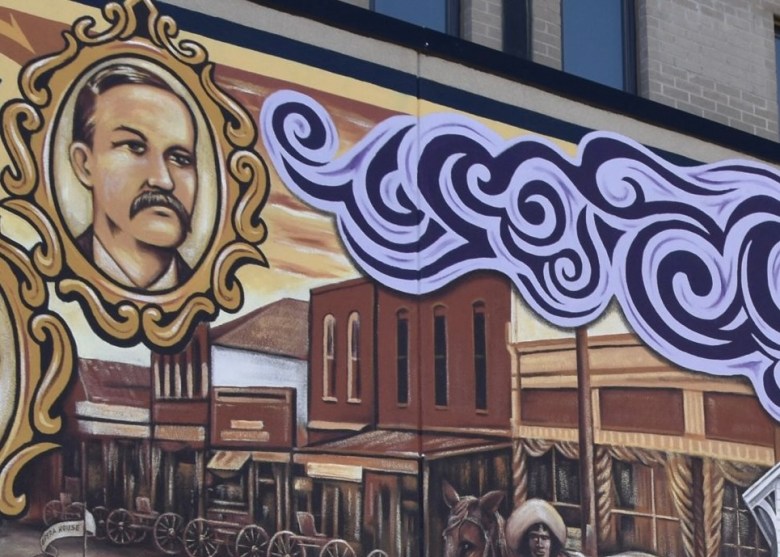
Kring said Carmichael was a railroad worker and turned developer who would buy property and then resell it to developers. He operated out of Denver and purchased the first land here in Brighton in 1879.
He had quite a life, even before he came to Colorado.
“Carmichael was at Gettysburg during the Civil War; he served twice because he was young,” she said. “He contracted typhoid fever and nearly died. They sent him home to his mother, but when he returned, he fought again at Gettysburg and later at Elmira, where he guarded Confederate prisoners. His last rank was Major, and he was always called Major.”
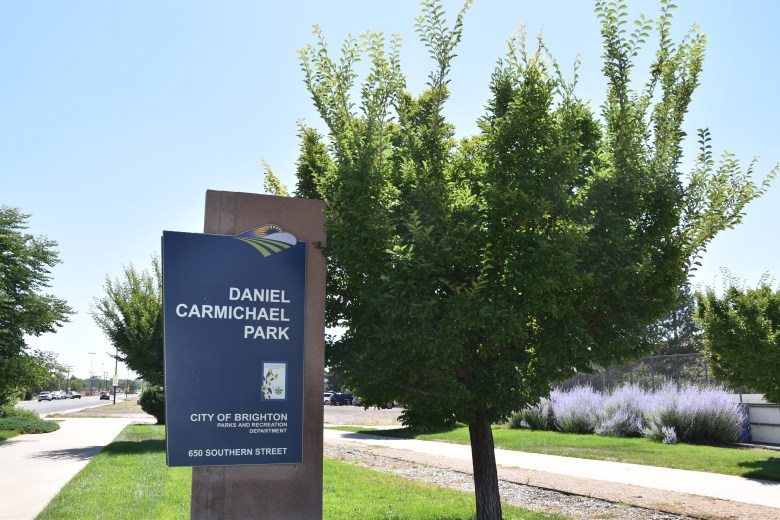
Kring said Carmichael built an opera house, and it was the largest in the north at the time, until it burned down.
“He also had a business building on the Bridge Street called the Carmichael Building. They had his name up, but they took (the building) down when they opened South Main Street so people could go straight through to South Main.”
Today, Carmichael Park, located near Brighton’s City Hall, is named after Daniel.
Naming names
Kring said the most common tale told about naming the city claims that his wife, Alice, named the city Brighton after the town where she grew up, something she has been unable to confirm.
“I’ve reviewed the old Brighton Blade newspapers and then researched Adams County records,” Kring said. “They had some records from before Brighton had its newspapers. However, Alice’s obituary is missing, a sometimes referenced source, I’m unsure if it ever existed.
If his wife was responsible, it’s unlikely the name came from her birthplace since it’s likely she was born in Lancaster, Pa.
It’s also possible that it was a marketing ploy by Daniel Carmichael. When Carmichael was developing the region, he wanted people to escape the dust and grime of the city in Denver and come to a beautiful prairie and resort in Brighton, Colorado. Historian named Dr. Gene E. Hamaker has suggested that his wife Alice might have told her husband the name based on a trip she took to Brighton Beach, New York, Kring said.
It’s also possible that his sister, named Brighton, not his wife, and historians mixed the two up.
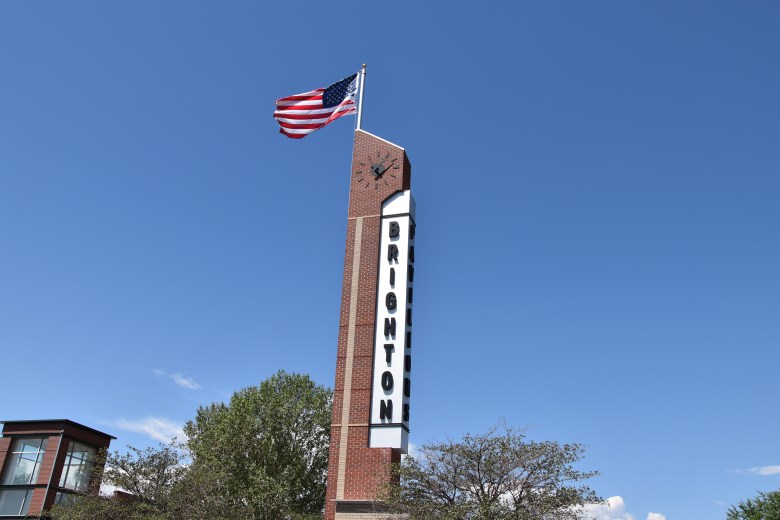
“To date, there is no single record of who and why Carmichael named Brighton,” Kring said. “On the maps, the name began to change to Brighton two years before the first plat filing by Carmichael in 1881, because the town name had to be recorded in the plat filing. But the post office was called Brighton, the Fulton Ditch.”
If it was named for another city, she doesn’t know which one, but she’s continuing to research.
“The mystery remains unsolved because it could also be a common name,” Kring said. “There are 26 cities in the U.S. named Brighton and 43 places worldwide called Brighton, but I’m going to find out,” Kring said.
For more information, email Kring at brightonhistorydetective@gmail.com or visit her page at www.facebook.com/BrightonHistoryDetective
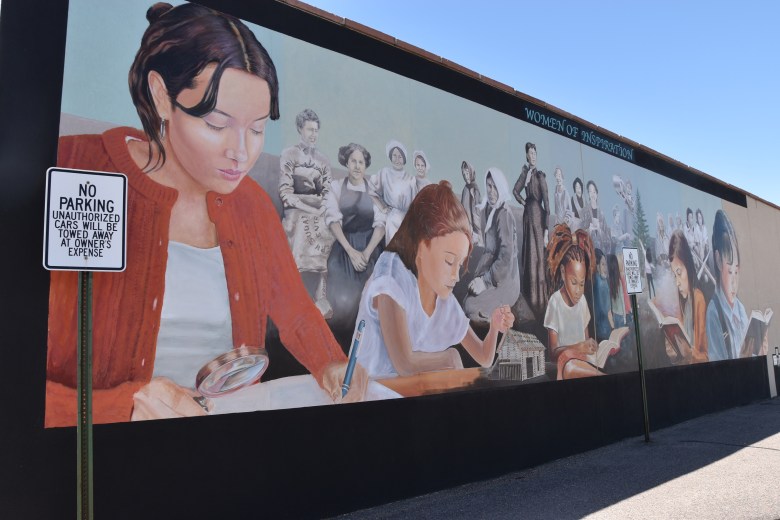


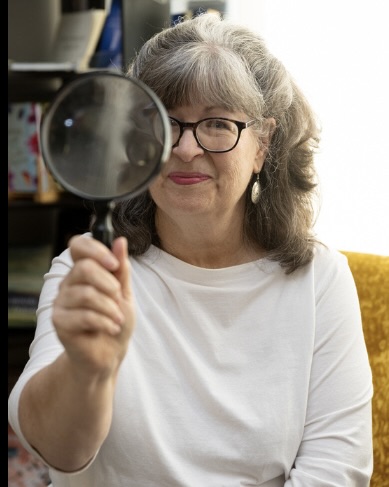
Fun town name facts: Brighton was first named Hughes (or Hughes Station) after Bela M. Hughes, the president of Denver Pacific Railway. Daniel Carmichael officially registered the name as Brighton when he filed the first plat on Feb. 16, 1881, although the name of Brighton was first used two years earlier when the post office changed its name from Hughes to Brighton on Aug. 4, 1879. The Fulton Ditch Company minutes also used the Brighton name in meeting minutes, recorded on Sept. 20, 1879. — Robin Kring aka The Brighton History Detective